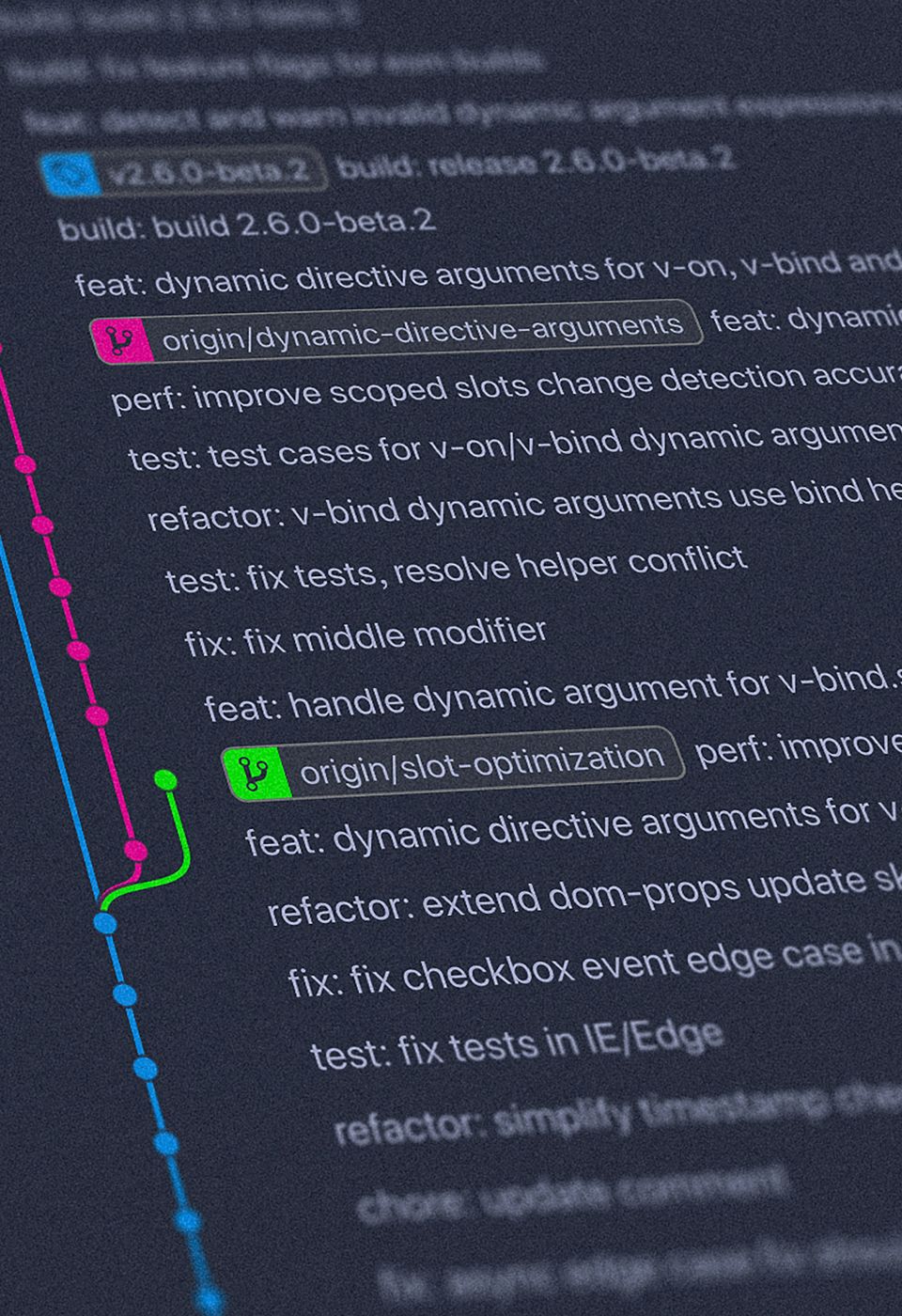
AI | Cloud | Infrastructure
AI + BUSINESS INTELLIGENCE

Business Intelligence
Transform Data
Netwindy Business Team uses intelligence tools typically use the extract, transform, and load (ETL) method to aggregate structured and unstructured data from multiple sources.

Business Intelligence
Visualization
Business intelligence reporting uses data visualizations to make findings easier to understand and share. Reporting includes interactive dashboards, charts, graphs, and maps that help users understand data flows.

Business Intelligence
Uncover Trends
Data mining, or data discovery typically uses automation to quickly analyze data to find patterns and outliers which provide insight into the current state of business. BI tools often feature several types of data modeling and analytics.

Business Intelligence
Take Action
Viewing current or historical data in context with business activities gives companies the ability to quickly move from insights to action. Business intelligence enables adjustments and long-term strategic changes.
Learn More > AI + Business Intelligence

SOLUTION FOCUS | AI
AI INTEGRATION WITH GUARDRAILS
Netwindy leverages cutting-edge AI technology to empower businesses with safe, intelligent solutions that drive meaningful change. By partnering with industry leaders like CustomGPT, ChatGPT, and Gemini, we deliver AI-powered marketing, product support, and business-critical insights to the surface technology landscape. Harnessing AI innovation, Netwindy provides businesses with the tools they need to stay ahead in an ever-evolving digital world.
AI Development and Hosting
We Love What We Do
The chatbot web widget on the right serves as a demo of its design and functionality. For this example, we have indexed our website (netwindy.com) to create an AI chatbot named Eric, designed to answer basic questions about NETWINDY.
What can Netwindy do for my business?Tell me about Netwindy's SaaS products?Information
Access all your customer information in one place, so you can direct resources
Visibility
Gain visibility into sales and marketing performance, consumer behavior
Analytics
Improve operations using by automating routine analytics tasks, refining processes
Automate
Automate data and reporting to improve inventory management and fulfillment